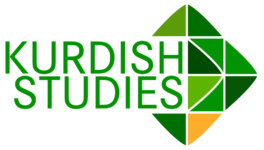Effect of Muscle Energy Technique versus Cupping Therapy on Pain, Mobility, and Range of Motion in Individuals with Sacroiliac Joint Dysfunction
C M Shankar
Dr. Sreedevi Yadavalli
Abstract
Background: Sacroiliac Joint Dysfunction (SIJD) is a significant yet underdiagnosed contributor to lower back pain, accounting for 15–30% of all cases. Conservative physiotherapy interventions such as Muscle Energy Technique (MET) and Cupping Therapy have gained popularity, yet limited evidence exists regarding their comparative effectiveness in SIJD management.
Objective: To compare the effectiveness of Muscle Energy Technique (MET) and Cupping Therapy on pain, mobility, and range of motion in individuals with sacroiliac joint dysfunction.
Methods: A pre-post experimental study was conducted at Argala Revive ,Center for Medical Rehabilitation & Physiotherapy , Hyderabad on individuals aged 30–55 years diagnosed with SIJD. Participants were randomly assigned to either the MET group or the Cupping Therapy group. Both groups received interventions for four weeks, three sessions per week, alongside conventional physiotherapy. Outcome measures included Visual Analog Scale (VAS) for pain, Timed Up and Go (TUG) test and Sit-to-Stand test for mobility, and goniometric measurements for hip and lumbar spine range of motion (ROM). Data were analyzed using paired and unpaired t-tests, with p<0.05 considered statistically significant.
Results: Both groups showed statistically significant improvements in pain, mobility, and ROM (p<0.05). However, the MET group demonstrated greater improvement in hip and lumbar ROM and functional mobility (TUG and Sit-to-Stand scores), while the Cupping Therapy group showed better immediate pain relief post-intervention.
Conclusion: Both MET and Cupping Therapy are effective conservative interventions for managing SIJD. MET may be more beneficial for long-term mobility and functional outcomes, while cupping provides superior short-term pain relief. Incorporating either modality into routine physiotherapy may enhance clinical outcomes in SIJD patients.
